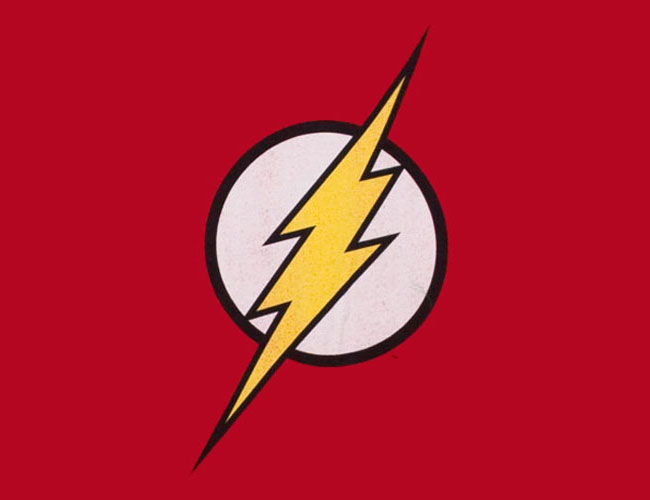Microsoft To Retire Flash From Chromium-Edge Browser

About time? Adobe Flash to be axed from Microsoft’s new Chromium-based Edge browser
Microsoft has confirmed plans to ditch Adobe Flash from its Chromium-based Edge browser.
The move to axe Flash was confirmed by the software giant in a recent blog posting about Internet Explorer and Edge. It should be noted that Microsoft is in the process of switching its Edge browser from EdgeHTML to being based on the open source Chromium project.
The development comes after Adobe had announced in July 2017 that it would retire the much-maligned Flash platform at the end of 2020, marking the end of an era for web content.
![]()
Flash retirement
For years Adobe’s Flash had enabled numerous web applications, such as online games, dynamic website designs and educational tools, that simply weren’t possible previously.
However, over the past seven years it was increasingly regarded as a drain on device resources and battery, while its numerous security flaws had been used by malicious actors to launch cyber attacks and conceal malware.
In recent years, there was a concerted drive away from Flash towards open web standards such as HTML5, with numerous browsers, including Chrome and Firefox disabling Flash by default.
Silicon UK readers in 2017 backed the decision to kill off Flash.
Microsoft has already pledged to ditch Flash by 2020 for Edge and IE, but Redmond decided to switch Edge to be based on Chromium.
“In 2017, we published a roadmap to remove Adobe Flash from Microsoft Edge and Internet Explorer by 2020,” wrote Microsoft. “Since that post, we announced our intent to build Microsoft Edge on the Chromium open source project.”
“In the next version of Microsoft Edge (built on Chromium), we will continue to retire Flash in the same timeframe as other Chromium based browsers,” said the software giant.
Microsoft said Flash will initially be disabled, and the user will need to re-enable Flash on a site-by-site basis. But towards the end of 2020, Flash will be completely removed from the browser.
Microsoft’s decision brings it inline with rival browser makers.
Google has already pledged to remove Flash from Chrome, and since July (Chrome 76) users have had to re-enable Flash for every site website (Flash support will be removed entirely from Chrome in December 2020).
Mozilla has already detailed its blocking of Flash, as far back as 2015.
Protracted Death
Adobe has been struggling with Flash for years now. Initially Flash achieved widespread support as it allowed for multimedia content, animations and games to be integrated into Web pages.
But it has also had its problems, not least of which is the fact that it faces ongoing security issues, and many experts feel it presents an unnecessary security risk when web browsing.
Adobe’s Flash was also hated by the late Steve Jobs as well, after the former Apple CEO famously called it a doomed technology.
Indeed, such was Jobs opposition to Flash that he publicly attacked it again in April 2010, which prompted a public spat with Adobe’s then CEO, Shantanu Narayen.
The bad blood between Apple and Adobe continued for some time, not helped by an Adobe ad campaign that blasted Apple for its closed approach regarding developer licensing.
Do you know all about security? Try our quiz!